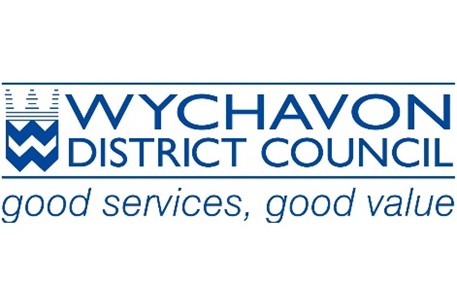What can I do to get my system back up and running if my server fails?
Configure server using Microsoft Hyper-V
Hyper-V is Microsoft’s hardware virtualization product. It lets you create and run a software version of a computer, called a virtual machine. Each virtual machine acts like a complete computer, running an operating system and programs. When you need computing resources, virtual machines give you more flexibility, help save time and money, and are a more efficient way to use hardware than just running one operating system on physical hardware.
Hyper-V runs each virtual machine in its own isolated space, which means you can run more than one virtual machine on the same hardware at the same time. You might want to do this to avoid problems such as a crash affecting the other workloads, or to give different people, groups or services access to different systems.
Set up system Host on server with Raid-1 (Host operating System)
Set up Virtual Servers (Domain Controller + Application Server) on a Separate Raid 5 or Raid 10
What features does Hyper-V have?
Hyper-V offers many features. This is an overview, grouped by what the features provide or help you do.
Computing environment – A Hyper-V virtual machine includes the same basic parts as a physical computer, such as memory, processor, storage, and networking. All these parts have features and options that you can configure different ways to meet different needs. Storage and networking can each be considered categories of their own, because of the many ways you can configure them.
Disaster recovery and backup – For disaster recovery, Hyper-V Replica creates copies of virtual machines, intended to be stored in another physical location, so you can restore the virtual machine from the copy. For backup, Hyper-V offers two types. One uses saved states and the other uses Volume Shadow Copy Service (VSS) so you can make application-consistent backups for programs that support VSS.
Optimization – Each supported guest operating system has a customized set of services and drivers, called integration services, that make it easier to use the operating system in a Hyper-V virtual machine.
Portability – Features such as live migration, storage migration, and import/export make it easier to move or distribute a virtual machine.
Remote connectivity – Hyper-V includes Virtual Machine Connection, a remote connection tool for use with both Windows and Linux. Unlike Remote Desktop, this tool gives you console access, so you can see what’s happening in the guest even when the operating system isn’t booted yet.
Security – Secure boot and shielded virtual machines help protect against malware and other unauthorized access to a virtual machine and its data.
What hardware will I need for a reliable, scaleable office IT system?
XEON Processor 16 Cores (Two Processors requires double the licenses)
RAID 1 Disk Array 500GB – 1TB (SSD Drives) Use For Host Operating System
RAID 5 or RAID 10 Disk Array (4 x fast Disks for RAID 5 or 6 for RAID 10 (Hotswap)
QUAD Port GB Network Adapter (Allows Teaming of Network Cards (Better Speed)
Dual PSU Power Supplies (Auto Failover, plug 1 onto UPS one into Mains for maximum redundancy)
64GB to 128GB RAM depending on ERP Software requirement
With standard windows server you get a host license + 2 Virtual Machine Licenses (Domain Controller + Application Server typically)
You may need extra server licenses to run Remote Desktop Services (Allow users to remotely access your server and use their applications)


